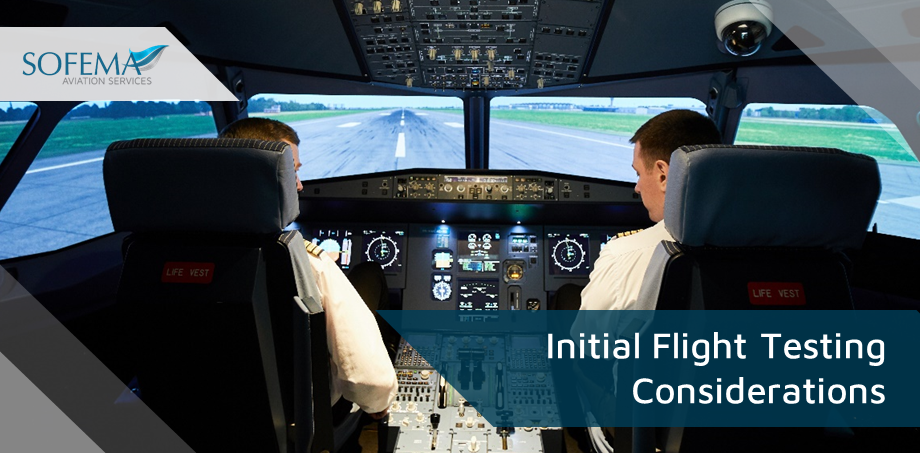Sofema Aviation Services (SAS) www.sassofia.com reviews the requirements driven by – GM 21.A.35(b)(2) Objective and Content of Function and Reliability Testing ED Decision 2012/020/R
Introduction
During the initial certification Reliability testing is a critical aspect of EASA Part 21 flight testing, which is the process of testing the aircraft’s performance and systems in a real-world environment.
- The objective of reliability testing is to identify and mitigate any potential issues or failures that may arise during operation. This helps to ensure that the aircraft is reliable and safe to operate.
- The aircraft is subjected to a variety of tests, including flight tests, ground tests, and simulated flight scenarios.
- Data is collected to support the reliability assessment of the aircraft’s systems, including its engines, avionics, electrical systems, and other critical components.
- The data is analyzed to identify any potential issues or failures. If any issues are identified, the necessary modifications or improvements are made to ensure that the aircraft meets the necessary safety standards.
GM 21.A.35(b)(2) Objective and Content of Function and Reliability Testing ED Decision 2012/020/R
Testing Objective
- The objective of this testing is to expose the aircraft to the variety of uses, including training, that is likely to occur when in routine service to provide an assurance that it performs its intended functions to the standard required for certification and should continue to do so in service.
Content of Function and Reliability Testing
- The testing should cover both routine operations and some simulation of abnormal conditions. The details of the programme should be agreed upon with the Agency prior to the commencement of testing.
Note: It may be possible to combine this testing with any required to demonstrate compliance with the applicable CS. This will be agreed on a case-by-case basis with the Agency.
- Where possible, testing conditions should be defined with the cooperation of an operator.
- A substantial proportion of the flying should be on a single aircraft. The flying should be carried out to a continuous schedule on an aircraft that is very close to the final type design, operated as though it were in service and should include a range of representative ambient operating conditions and airfields.
GM 21.A.35(f)(1) Flying Time for Function and Reliability Testing (ED Decision 2012/020/R)
- All flying carried out with engines and associated systems not significantly different from the final type-certificate standard may count towards the 300 hours of airframe flight time required by 21.A.35(f)(1).
- At least 150 of the 300 flying hours should be conducted on a dedicated production-configured aircraft.
Note: The requirement for 300 hours of relevant flight time, whenever a new turbine engine is incorporated, applies regardless of whether the airframe/engine combination is subject to a new type certificate or is to be certificated as a change or supplement to an existing type certificate.
GM 21.A.35(f)(2) Flying Time for Function and Reliability Testing
All flying carried out on an aircraft not significantly different from the final type design may count towards the 150 hours of airframe flight time required by 21.A.35(f)(2).
Next Steps
Follow this link to our Library to find & Download related documents for Free.
Sofema Aviation Services (www.sassofia.com) and Sofema Online (www.sofemaonline.com) offer Classroom, Webinar & Online Training. Please see the relevant websites or email us at team@sassofia.com
Tags:
Aircraft, aviation, aviation safety, EASA, Aircraft Reliability, easa part 21, SAS blogs, Aircraft Operations, Aircraft Certification, Initial Flight Testing, Reliability Testing





